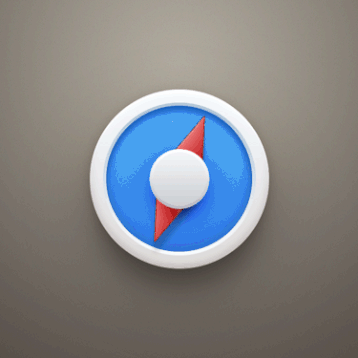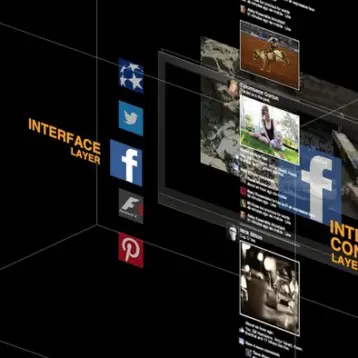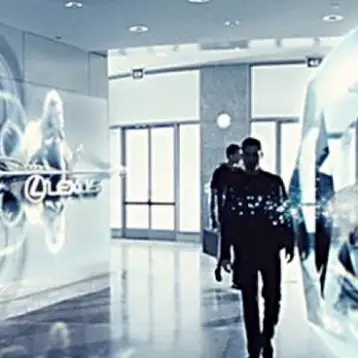|
The concept behind these next-generation computers is “organic user interface” says the University’s Computing professor Roel Vertegaal. “What we’re talking about here is nothing short of a revolution for human-computer interaction,” says Dr. Vertegaal. He terms current users of our everyday computers to live in only two dimensions and as a result, have become narrow-minded. “You are essentially looking at a tiny tunnel into a flat, on-line world, and that causes people to think in a two-dimensional way. ”Flatland” interfaces are incredibly limited compared to natural 3D ones” according to Dr. Vertegaal.
There are three recent advancements in computer technology that have enabled inventors to steer away from the rigid, rectangular design of current devices. Current testing conducted in Dr. Vertegaal’s laboratory this summer includes a smart fabric, known as the “tank top” user interface. The surface of the fabric allows for any two-handed, multi-finger touch sensing.
The second innovation is flexible displays. This new electronic paper uses flexible circuit boards with organic LEDs (light emitting diodes) to create “E-Ink“. These electrophoretic ink (E-Ink) displays are formed from millions of tiny, polarized ink capsules, half black and half white. The “paper” is connected to a computer which sends out negative or positive voltages, causing the ink to either attract or repel the pixels on the display to form the image. Once the image is set, the computer can be disconnected and the display can be rolled up and put inside one’s pocket, like regular paper.
Enabling the design of computers to adjust their shape according to some computational outcome or through interactions with users is the third development. Named kinetic organic interface (KOI), the outcome is “claytronic”; a 3D display capable of displaying not just pictures, but physical shapes in three dimensions.
|
“We want to reduce the computer’s stranglehold on cognitive processing by imbedding it and making it work more and more like the natural environment,” says Dr. Vertegaal. “It is too much of a technological device now, and we haven’t had the technology to truly integrate a high-resolution display in artifacts that have organic shapes: curved, flexible and textile, like your coffee mug.”
Other projects from Queen’s Human Media Lab include the world’s first completely foldable paper computer, which allows users to move up or down in a document by folding or turning the pages – a much more natural experience than using a laptop and a mouse. Another innovation is an interactive cylindrical display which can play videos on its surface and responds to touch. All the electronics can be detached and recycled separately from the aluminum.
Another project is a work bench for gadget design that simulates a real computer on ordinary objects of arbitrary shape, like a sheet of paper or a piece of Styrofoam. When the display is projected onto the surface of the paper or Styrofoam, it instantly becomes a computer. This project is particularly important as it can avoid the wasteful purchase of new atoms, as Dr. Vertegaal notes. It could also allow hardware to be downloaded from an on-line store, resulting in the design of new gadgets at the touch of a button. It seems very hard to perceive, but the Dr. Vertegaal states that, “That would be a final frontier in the design of computer interfaces that turn the natural world into software, and software into the natural world.”
TFOT recently covered an innovative E-Ink based device, as the next generation of segmented display cells are now available. You can also check out our article about plastic transistors in future flexible displays,, which by using organic sources, can enhance electrical and mechanical properties. In “PICO: Two-Way Man-Machine Interaction” we write about the use of displays in allowing two-way interaction between man and machine.
Further information on the projects from Queen’s Human Media Lab can be obtained at the Queen’s University website.











